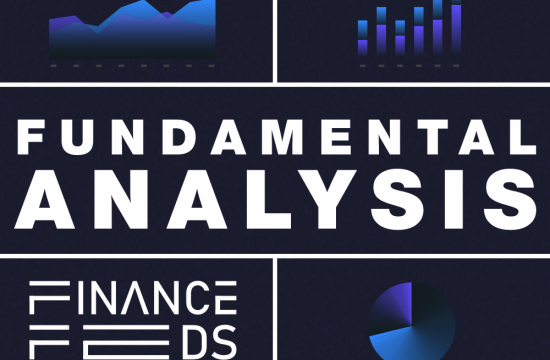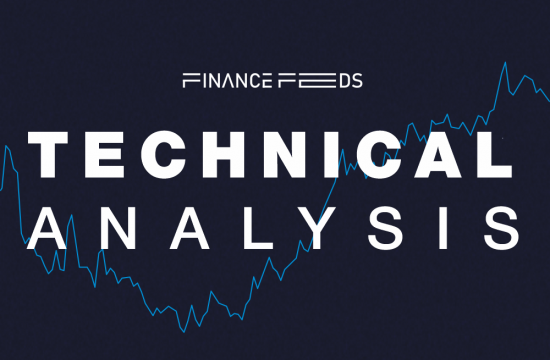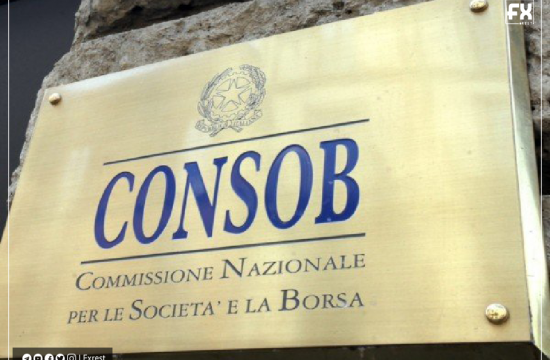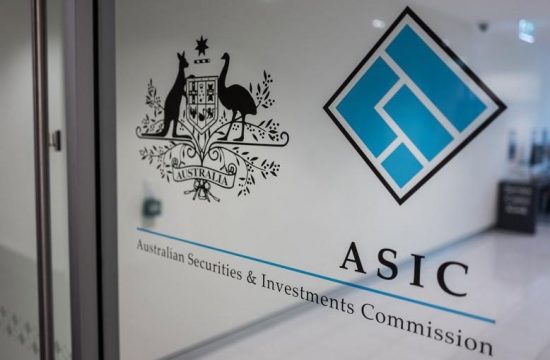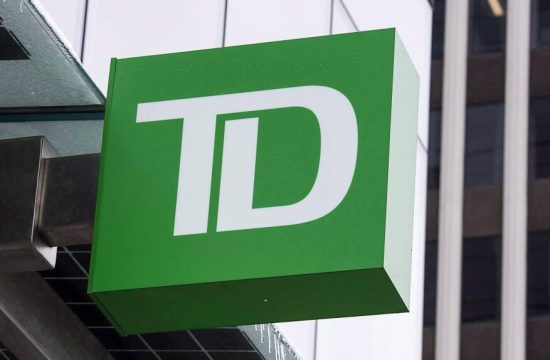The *Block Scholes x Bybit Analytics Report* released on October 9, 2024, provides a detailed analysis of the current state of crypto derivatives markets, with a focus on futures, perpetual swaps, and options, particularly for Bitcoin (BTC) and Ethereum (ETH). The report emphasizes the impact of market volatility, macroeconomic conditions, and key global events like the upcoming U.S. presidential election on the behavior of these derivative products.
Key Insights
One of the primary takeaways from the report is the divergence between realized and implied volatility for both BTC and ETH. Despite a decline in implied volatility, realized volatility has been on the rise in early October, driven by short-term fluctuations in spot prices. This is unusual because typically, in the lead-up to known events like the U.S. election, we would expect implied volatility to increase. The report suggests that this trend could be the result of traders adjusting their positions following the sharp market movements observed earlier in September.
Futures Market Insights
The report highlights a noticeable decline in futures trading volumes since late September, although market volatility in early October led to a brief uptick in activity. However, the open interest in futures contracts has remained stagnant, failing to recover from the levels seen after the September expiration. This sideways movement in open interest suggests that traders may be hesitant to enter new positions in the current market environment.
For Bybit, futures trading volumes have seen significant fluctuations, but overall activity has been trending lower, especially on weekends. The September expiration of futures contracts left a lasting impact, and despite some heightened activity driven by recent market volatility, open interest levels remain below their pre-September highs.
Perpetual Swaps: Stability in Open Interest
Perpetual swaps have shown a more stable pattern in terms of open interest, particularly for BTC and ETH. The report notes that BTC continues to dominate the perpetual swap landscape, reflecting broader trends in the options markets where BTC exposure is also predominant. A surge in BTC trading volumes was observed in early October, aligning with increased spot price volatility, reinforcing the typical relationship between market turbulence and heightened trading activity.
Despite the volatility, perpetual swap open interest has not seen significant changes, which could indicate that traders are maintaining their positions rather than adjusting for short-term fluctuations. This stability in open interest contrasts with the more volatile futures market, where open interest levels have been slower to recover after September’s expiration.
Options Market Trends: Realized vs. Implied Volatility
The report provides a comprehensive overview of the options market for both BTC and ETH. A key observation is the narrowing gap between realized and implied volatility for BTC, particularly for short-tenor options. This trend is notable given the upcoming U.S. presidential election, a significant event that typically increases short-term volatility expectations. The decline in implied volatility levels contrasts with the rise in realized volatility, creating an unusual market dynamic.
The options market saw a substantial increase in BTC call option volumes, which contributed to a recovery in open interest for call options. However, the recovery is still incomplete, with open interest remaining below the levels seen before the September expiration. The report notes a cautious sentiment among traders, as put option volumes have outpaced calls over the past week, reflecting uncertainty around potential price movements.
For ETH, implied volatility has followed a similar downward trend, with levels falling across the term structure. Despite the unpredictable nature of the upcoming U.S. election, the expected volatility spike has not materialized as anticipated. Open interest in ETH options remains skewed toward calls, but volumes for puts have increased, signaling growing caution among traders.
Macro, Tech, and Regulatory Factors
The report touches on several macroeconomic and regulatory developments that could influence crypto markets. The U.S. employment report for September exceeded expectations, with the economy adding 254,000 jobs and the unemployment rate dropping to 4.1%. This strong economic performance could have implications for inflationary pressures and interest rate policies, which in turn could affect crypto markets.
In the U.K., borrowing costs have surged to their highest levels in over a year, fueled by concerns over the October budget. Meanwhile, the European Central Bank (ECB) is expected to cut rates again, as inflation in the Eurozone dropped below the 2% target for the first time since mid-2021. These macroeconomic events, combined with key inflation reports like the U.S. Consumer Price Index (CPI) and Producer Price Index (PPI), are critical factors that could shape crypto market behavior in the coming months.
On the regulatory front, the report mentions the restructuring of the collapsed crypto exchange FTX and the potential for creditors to receive repayments by December. Additionally, Crypto.com has filed a lawsuit against the U.S. Securities and Exchange Commission (SEC), accusing the agency of regulatory overreach. These developments highlight the ongoing regulatory challenges facing the crypto industry.
Conclusion
The *Block Scholes x Bybit Analytics Report* offers a nuanced view of the crypto derivatives market, shedding light on key trends in futures, perpetual swaps, and options trading. While realized volatility has been on the rise, implied volatility has trended downward, creating an unusual dynamic ahead of significant events like the U.S. election. The report underscores the importance of macroeconomic factors, regulatory developments, and market volatility in shaping trader behavior.
The report’s detailed analysis of futures and perpetual swap markets reveals a mixed picture, with futures trading volumes declining while perpetual swap open interest remains stable. In the options market, the narrowing gap between realized and implied volatility points to cautious sentiment among traders, particularly in light of upcoming macro events. Overall, the report provides valuable insights for investors and traders looking to navigate the complexities of the crypto derivatives landscape in the months ahead.





